Harvest Lane Honey Beehive Deep Brood Box Complete with 10 Frames & Foundation, 16-1/4 in. x 19-7/8 in. x 9-1/2 in.
Start a backyard beehive or to expand an existing one with this Harvest Lane Honey Beehive Deep Brood Box with 10 Frames and Foundation. This deep, painted and assembled 10-frame beehive box has a plastic beeswax-coated foundation. Featuring the standard Langstroth design, this beekeeping kit can be used as the first or second box on the hive.
Start a backyard beehive or to expand an existing one with this Harvest Lane Honey Beehive Deep Brood Box with 10 Frames and Foundation. This deep, painted and assembled 10-frame beehive box has a plastic beeswax-coated foundation. Featuring the standard Langstroth design, this beekeeping kit can be used as the first or second box on the hive.
- 100% assembled hive
- Ready-to-use backyard beehive
- High Quality design with primer, two coats of exterior paint and a smooth finish
- 10-frame beehive box with handles on all 4 sides
- Beekeeping kit includes 10 frames assembled with plastic foundation
- Use to start a beehive or to expand an existing hive
- Will fit with all standard Langstroth 10 frame hives on the market
- Made of USA quality lumber farmed by renewable foresters
Additional information
| Product Type | Beehive Frames |
|---|---|
| Compatibility | Langstroth 10 frame hives |
| Primary Color | White |
| Primary Material | Other |
| Product Height | 10 in. |
| Product Length | 17 in. |
| Product Weight | 17 lb. |
| Product Width | 21 in. |
| Manufacturer Part Number | WWBCD-101 |

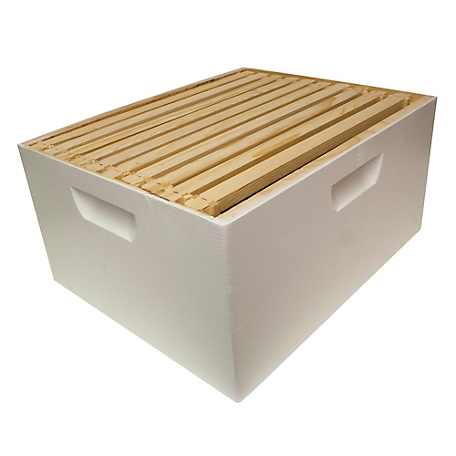
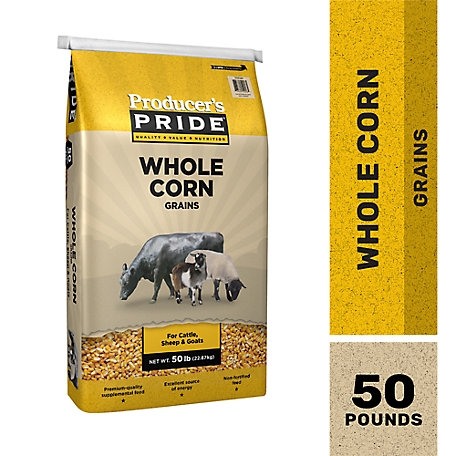
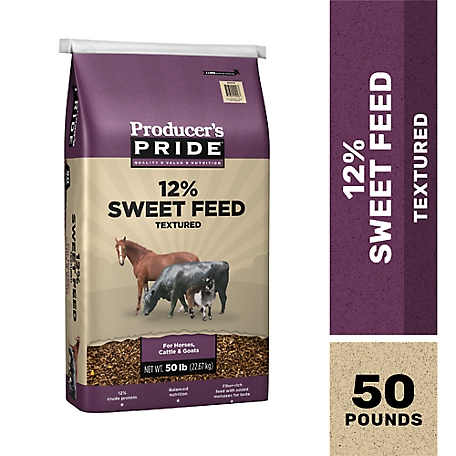
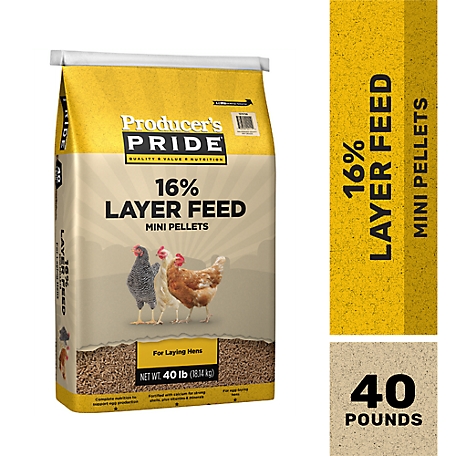
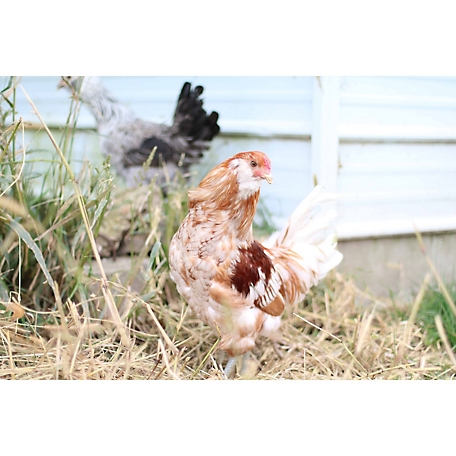
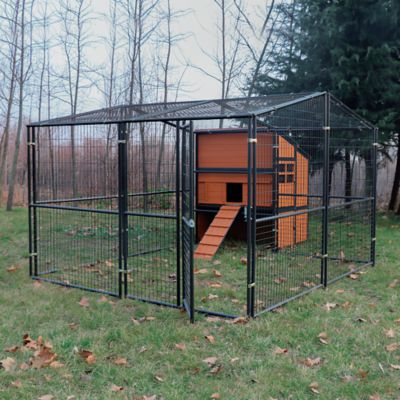
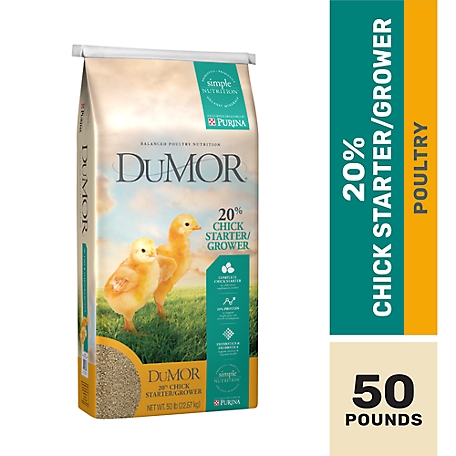

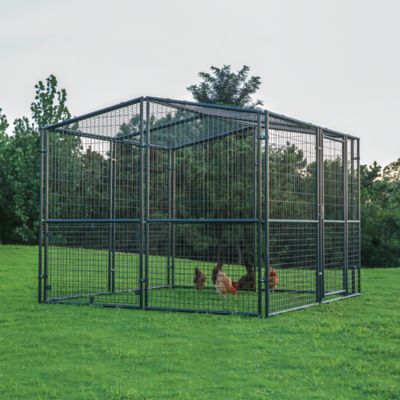
by James
Exactly as described and a good price.
by Thorn
We needed a box during a time when we didn’t have time to build one like we had in the past. This fit great and is doing what we needed!
by Beth
Good quality. It may not be “select grade”, but Tractor Supply always has bee supplies on its shelves. They’ve saved me more than once. A big thank you and 5 stars for that!